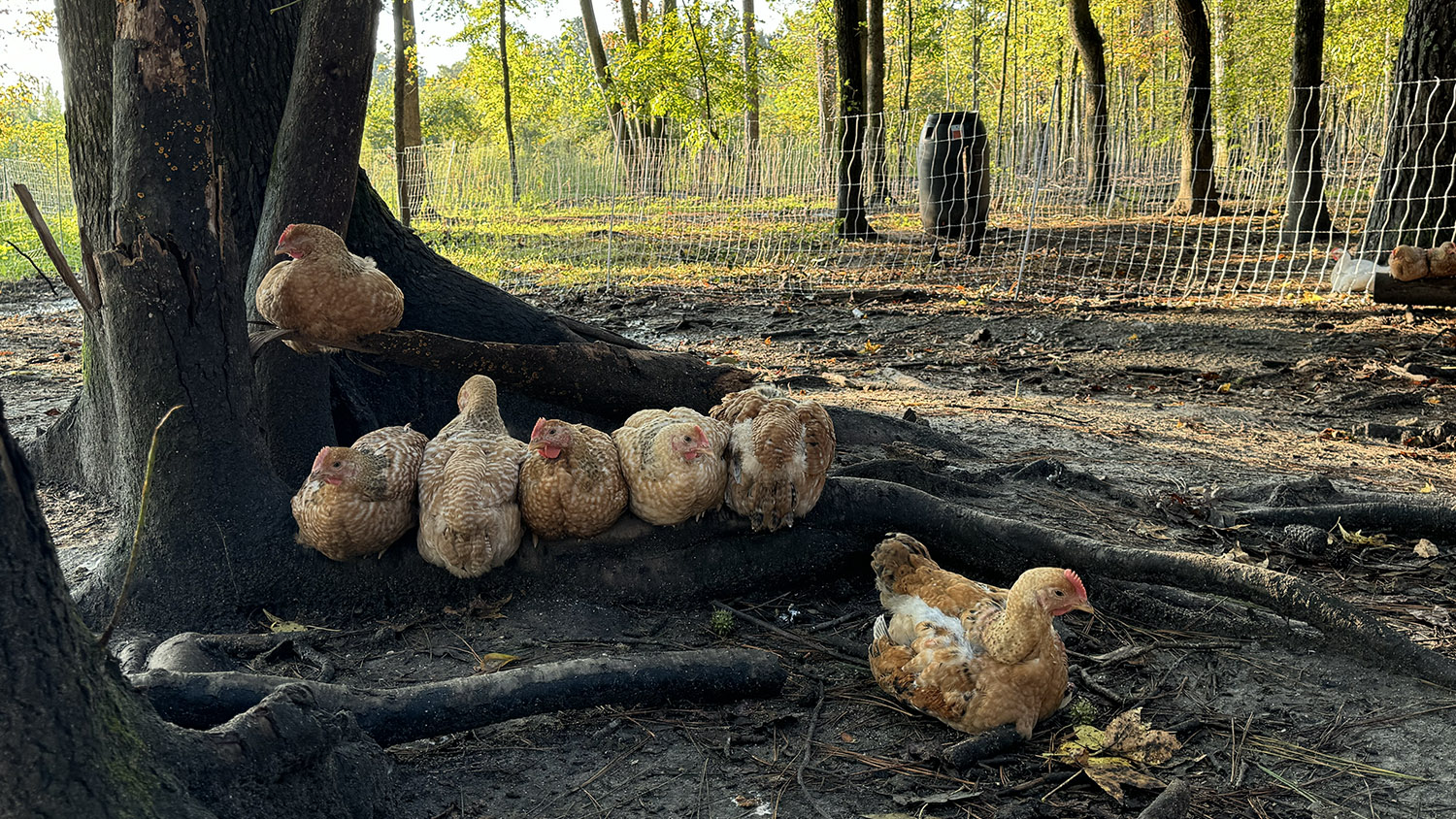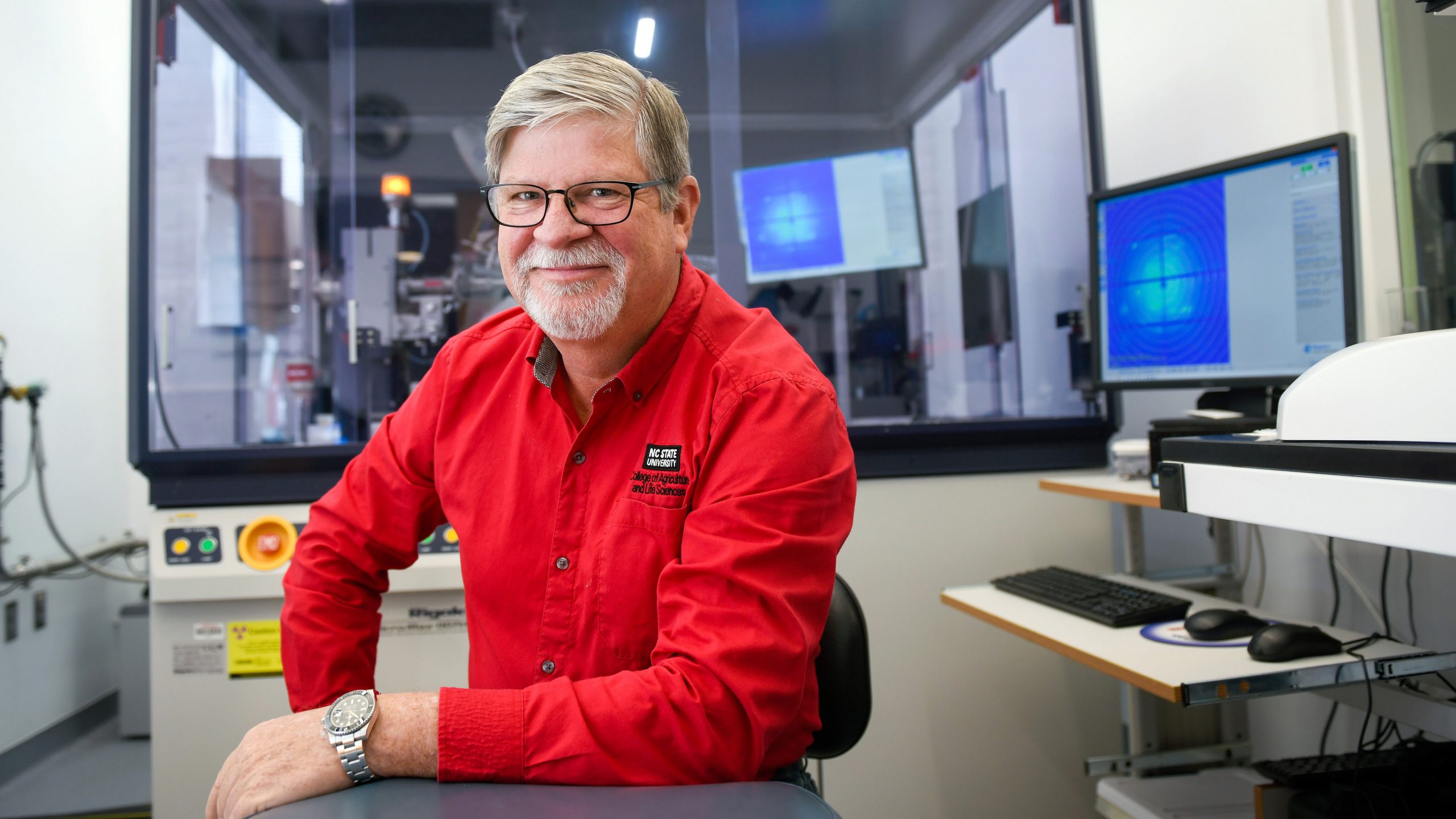PFAS Present Throughout the Yadkin-Pee Dee River Food Chain

Researchers from North Carolina State University have found per- and polyfluoroalkyl substances (PFAS) in every step of the Yadkin-Pee Dee River food chain, even though the river does not have a known industrial input of these compounds. The study examined the entire aquatic ecosystem for PFAS compounds and identified strong links between ecosystem groups that lead to biomagnification, the process that leads to greater concentrations of these substances in animals that sit higher on the food chain – including humans.
PFAS compounds were engineered to resist friction and heat, and are in many products that we use daily, from furniture to meat packaging. However, it is this “slippery” characteristic that makes them persist in ecosystems and poses a risk to our health.
“These compounds are engineered to be persistent on purpose; this is how they keep stains off your couch and eggs from sticking to your frying pan,” says Tom Kwak, unit leader of NC Cooperative Fish and Wildlife Research Unit, professor of applied ecology at NC State, and a co-author of the study. “We pay the price for these compounds when they enter the aquatic ecosystem.”
In a study measuring real-time PFAS contamination levels along the entire food chain of this major Atlantic river – from water and sediment to insects and fish – the researchers identified two PFAS hot spots along the Pee Dee and were able to establish strong links of PFAS transmission up the aquatic food chain.
The research team collected water, sediment, algae, plant, insect, fish, crayfish, and mollusk samples at five study sites along the length of the Yadkin-Pee Dee River, which begins in Blowing Rock, N.C., and runs 230 miles to empty into the Atlantic Ocean at Winyah Bay, South Carolina. They analyzed the samples for 14 different PFAS compounds.
While nearly every sample contained PFAS compounds, the site with the greatest PFAS concentrations was just downstream of the Rocky River input, which drains part of the watershed from Charlotte, N.C. and the surrounding area. The site with the second greatest PFAS concentrations was downstream in South Carolina, but there is no known or plausible input of PFAS for that region.
In aquatic food chains, biofilm – the soupy mixture of algae and bacteria that sticks to your boat – is the base resource for all life further up the chain. In this study, the largest concentrations of 10 of the 14 PFAS compounds measured were in biofilm samples. Unsurprisingly, aquatic insects, which primarily eat biofilm, had the greatest accumulation of PFAS compounds of all the living taxa the researchers sampled. This confirms a strong trophic link, or step in the food chain, showing how PFAS transfers from biofilm to insects, which are then eaten by freshwater fish.
When PFAS is in every step of the food chain, the compounds accumulate at each step. For example, a fish caught in an area with PFAS may have eaten hundreds of insects, each of which has consumed contaminated biofilm and other plants.
“We are part of the food chain and when we ingest these foods, we accumulate their PFAS loads, too,” says Greg Cope, William Neal Reynolds Distinguished Professor of Applied Ecology, coordinator of the NC State Agromedicine Institute, and corresponding author of the study. “This gives new meaning to the phrase, ‘You are what you eat.’”
“Even if you are not concerned about chemical exposure and effects to the native aquatic taxa, would you want to drink water or eat a fish with known PFAS contamination?” asks Tiffany Penland, former NC State graduate student and first author of the study. “We need to educate ourselves and each other so that we are cognizant of the contamination to the natural resources that we depend on every day.”
“Studying only one species or link in the food chain could not tell the whole story, and might even yield erroneous conclusions on the amounts of PFAS in river ecosystems,” says Cope. “Studies like this that show how widely prevalent PFAS are within entire ecosystems, even when they do not have a direct industrial input, highlight our need to understand how these compounds impact the health of ecosystems, and ultimately, our health.”
The study, “Trophodynamics of Per- and Polyfluoroalkyl Substances in the Food Web of a Large Atlantic Slope River,” was published in Environmental Science & Technology. The research was funded by the North Carolina Wildlife Resources Commission and the South Carolina Department of Natural Resources (grant NC-U2-F14AP00075).
-jewell-
Note to editors: An abstract of the paper follows.
“Trophodynamics of Per- and Polyfluoroalkyl Substances in the Food Web of a Large Atlantic Slope River”
DOI: 10.1021/acs.est.9b05007
Published: June 2, 2020 in Environmental Science and Technology
Authors: Tiffany N. Penland, W. Gregory Cope, Thomas J. Kwak, Casey A. Grieshaber, North Carolina State University; Mark J. Strynar, US Environmental Protection Agency; Ryan J. Heise, Duke Energy; Forrest W. Sessions, South Carolina Department of Natural Resources
Abstract: Per- and polyfluoroalkyl substances (PFASs) have attracted scientific and regulatory attention due to their persistence, bioaccumulative potential, toxicity, and global distribution. We determined the accumulation and trophic transfer of 14 PFASs (5 short-chain and 9 long-chain) within the food web of the Yadkin-Pee Dee River of North Carolina and South Carolina, US. Food web components and pathways were determined by stable isotope analyses of producers, consumers, and organic matter. Analyses of water, sediment, organic matter, and aquatic biota revealed that PFASs were prevalent in all food web compartments. Biofilm, an aggregation of bacteria, fungi, algae, and protozoans and a basal resource for the aquatic food web, showed high PFAS accumulation (in 10 of 14 compounds), particularly for perfluorooctanoic acid, with the greatest mean concentration of 463.73 ng/g. The food web compartment with the most detections and greatest concentrations of PFASs was aquatic insects; all 14 PFASs were detected in individual aquatic insect samples (range of 1.0 (range of 0.57 to 2.33); it is possible that an unmeasured PFBS precursor may be accumulating in biota and metabolizing to PFBS, leading to a higher than expected TMFs for this compound. Our findings demonstrate the prevalence of PFASs in a freshwater food web with potential implications for ecological and human health.
This post was originally published in NC State News.
- Categories:


